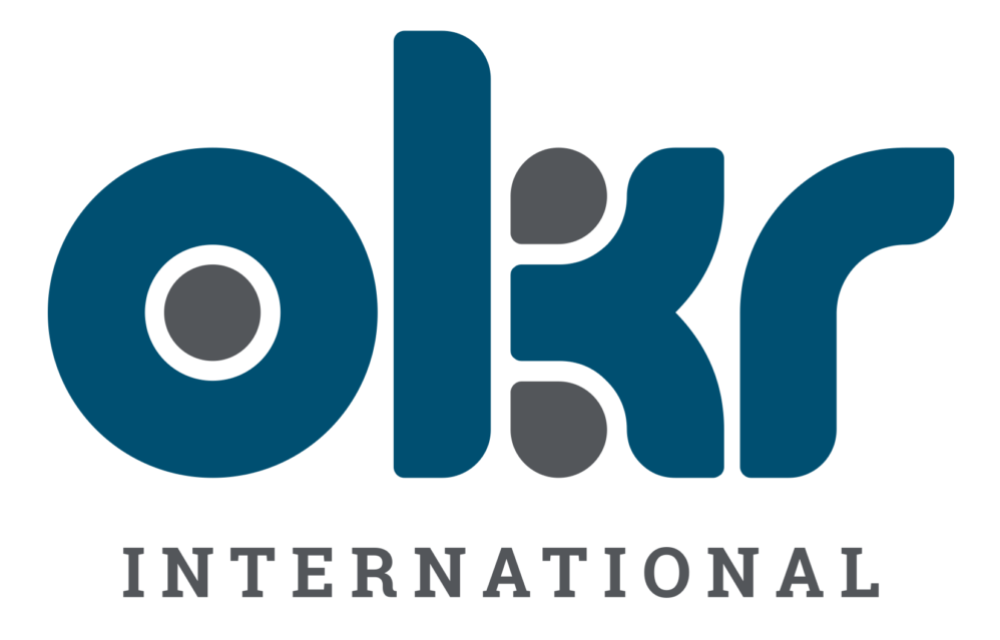What is the Quarterly OKR Cycle?
Structuring OKRs to Maintain Focus and Agility
So what is the quarterly process of an OKR, after all? The Objectives and Key Results (OKRs) framework, structured into quarterly cycles, provides a powerful approach to ensure that organizations stay on track and adapt swiftly to changing circumstances. This blog post will delve into the benefits of quarterly OKR cycles, how to structure them effectively, and practical tips for implementation.
Understanding Quarterly OKR Cycles
1. Purpose:
Quarterly OKR cycles involve setting and reviewing OKRs every three months. This timeframe is long enough to make meaningful progress but short enough to allow for regular adjustments and recalibration.
2. Benefits:
- Focus: Quarterly cycles help maintain a strong focus on priorities by breaking down annual goals into manageable chunks.
- Agility: Regular reviews and adjustments enable organizations to respond quickly to changes in the market or internal conditions.
- Engagement: Frequent goal-setting and review processes keep teams engaged and motivated.
Structuring Quarterly OKR Cycles
1. Planning Phase:
The planning phase involves setting the objectives and key results for the upcoming quarter. This phase is crucial for aligning efforts and ensuring that everyone is working towards the same goals.
Steps:
- Review Previous OKRs: Assess the outcomes of the previous quarter’s OKRs to identify successes and areas for improvement.
- Set New Objectives: Define clear, inspiring objectives that align with the organization’s strategic goals.
- Define Key Results: Establish specific, measurable key results that will indicate progress towards each objective.
Example: Objective: “Enhance customer engagement.”
Key Results:
- “Increase active user participation by 20% by the end of Q1.”
- “Achieve a customer satisfaction score of 90% by Q1.”
- “Launch two new engagement features by Q1.”
2. Execution Phase:
During the execution phase, teams work towards achieving their set OKRs. This phase requires consistent effort and coordination.
Steps:
- Regular Check-ins: Conduct weekly or bi-weekly check-ins to monitor progress and address any challenges.
- Track Progress: Use OKR tracking tools to measure progress towards key results.
- Adjust Tactics: Be flexible in adjusting tactics and strategies to stay on course.
3. Review Phase:
At the end of the quarter, the review phase involves evaluating the outcomes of the OKRs and reflecting on the lessons learned.
Steps:
- Assess Results: Compare the actual outcomes with the set key results to gauge success.
- Identify Learnings: Discuss what worked well and what didn’t to inform future OKR cycles.
- Celebrate Successes: Recognize and celebrate achievements to motivate the team.
Practical Tips for Implementing Quarterly OKR Cycles
1. Align with Annual Goals:
Ensure that quarterly OKRs are aligned with the organization’s annual goals. This alignment helps maintain a consistent focus on long-term objectives while allowing for short-term flexibility.
Tip: Break down annual goals into quarterly milestones to create a clear roadmap.
2. Keep OKRs Flexible:
While it’s important to set ambitious OKRs, maintain flexibility to adjust them as needed. The dynamic nature of quarterly cycles allows for mid-course corrections.
Tip: Be open to revising OKRs based on new insights, market shifts, or changing priorities.
3. Foster a Culture of Accountability:
Encourage accountability by regularly tracking progress and holding team members responsible for their contributions. Transparent tracking fosters a sense of ownership and commitment.
Tip: Use OKR tracking tools to provide visibility and accountability for all team members.
4. Encourage Collaboration:
Promote cross-functional collaboration by setting shared OKRs that require input and effort from multiple teams. Collaborative OKRs break down silos and enhance overall performance.
Tip: Identify key interdependencies and create OKRs that align the efforts of different teams.
5. Regularly Review and Reflect:
Schedule regular review sessions to reflect on progress, celebrate successes, and learn from failures. Continuous reflection drives improvement and innovation.
Tip: Use the review phase to gather feedback and make informed adjustments to future OKRs.
6. Communicate Clearly:
Clear communication is essential for the success of quarterly OKR cycles. Ensure that all team members understand the objectives, key results, and their roles in achieving them.
Tip: Use regular team meetings and communication platforms to keep everyone informed and aligned.
Real-World Example: ABC Inc.
To illustrate the implementation of quarterly OKR cycles, let’s consider a fictional company, “ABC Inc.,” which specializes in software development.
Quarter 1 OKRs:
Objective: “Improve user experience of our mobile app.”
Key Results:
- “Increase app store rating from 4.0 to 4.5 by the end of Q1.”
- “Reduce app crash rate by 50% by Q1.”
- “Implement three new user-requested features by Q1.”
Execution:
Throughout the quarter, ABC Inc. conducts bi-weekly check-ins to monitor progress, using an OKR tracking tool to measure performance. The team collaborates closely, making necessary adjustments to stay on track.
Review:
At the end of Q1, the team reviews the outcomes:
- App store rating increased to 4.4 (progress made, but slightly below target).
- App crash rate reduced by 55% (exceeded target).
- Two new features implemented (one feature delayed to Q2).
The team reflects on the successes and challenges, celebrating the improvements in app stability and user satisfaction. They also discuss the reasons behind the delayed feature and plan adjustments for the next quarter.
Conclusion
Quarterly OKR cycles are a powerful tool for maintaining focus and agility in a dynamic business environment. By structuring OKRs into quarterly cycles, organizations can set clear goals, monitor progress, and make timely adjustments to stay on track. Implementing quarterly OKR cycles with alignment, flexibility, accountability, collaboration, regular review, and clear communication ensures sustained focus and agility, driving success in achieving strategic objectives. Start structuring your OKRs into quarterly cycles today to unlock the full potential of your organization’s efforts.





